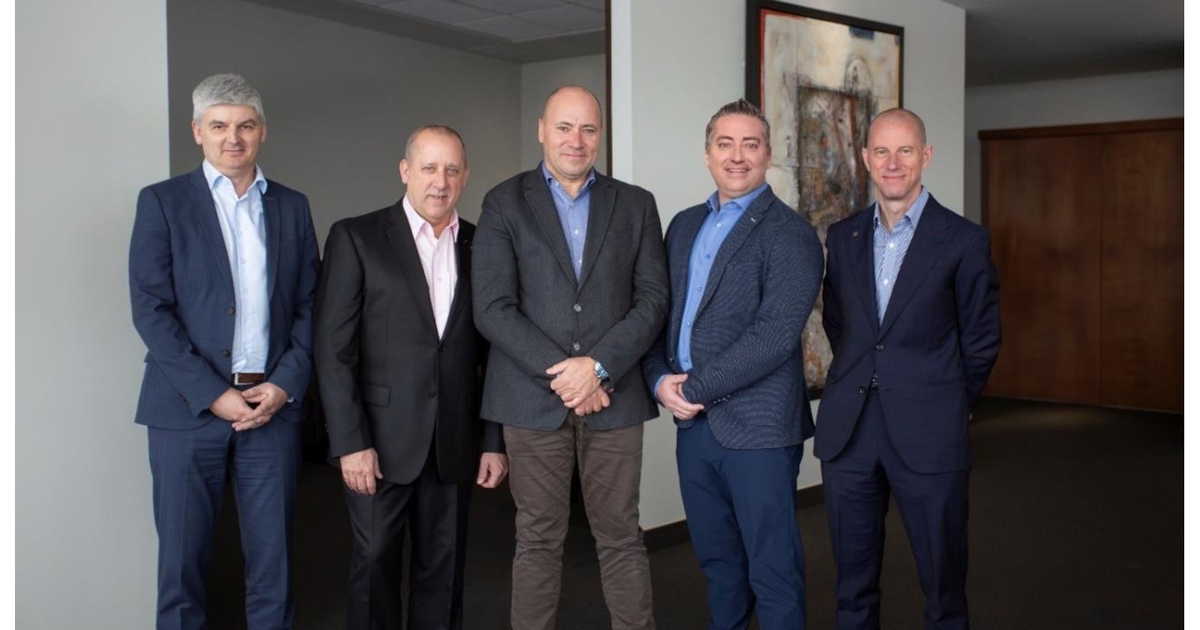- Wed. Apr 17th, 2024
Latest Post
Revolutionizing Packaging Solutions: MG Tech and Premier Tech Join Forces in Strategic Partnership
MG Tech and Premier Tech have formed a strategic partnership to address the changing needs of manufacturers in various industries, including nutrition, industrial, fast-moving consumer goods, and parapharmacy. Through this…
NASCAR Suspends Crew Members, Fines Crew Chiefs for Violations at Texas Motor Speedway
NASCAR has issued suspensions to crew members from five different teams for violations related to crew protective clothing and equipment during this past weekend’s race at Texas Motor Speedway. The…
Building Bridges Between Life Science Professionals and High School Students: The Watertown Business Coalition Life Science Panel
On April 9, the fourth annual Watertown Business Coalition Life Science Panel was held, focusing on the collaboration between the Watertown Public Schools and local life science companies. The event,…
Aerobics Instructor’s Ruptured Ovarian Cyst: What You Need to Know About the Dangers of Intense Exercise on Women’s Reproductive Health
Phuong Anh, a 26-year-old aerobics instructor, experienced severe abdominal pain after teaching her students. Initially, she thought she had appendicitis, but after consulting with a doctor, it was discovered that…
China’s Growing Investment Presence in the Middle East: Insights from the Chinese Investment Corporation’s Pre-IPO Fund
The Chinese Investment Corporation (CIC) is currently in talks to support an investment fund valued at approximately $800 million. This fund will focus on acquiring stakes in companies in the…
Tax Fraud Consequences: Justice Department Sentences Former Owner of Speedy Tax Services for her Role in $171,500 Loss
Recently, Awett Tedla, the former owner of Speedy Tax Services LLC in Washington, D.C., and District Heights, Md., was sentenced to 21 months in prison for her involvement in a…
EU Imposes Sanctions on Iran Following Israeli Consulate Bombing: Marking a New Era in Middle East Peacekeeping Efforts
The European Union (EU) has recently committed to imposing sanctions on Iran following the Israeli bombing of the Iranian Consulate in Damascus. This decision was met with praise from Israeli…
Chumash Foundation Seeking Grant Applications for Technology in Schools Program in Santa Barbara County
The Santa Ynez Band of Chumash Indians Foundation is currently seeking grant applications for its Technology in Schools Program, which aims to improve classroom technology for students in Santa Barbara…
Colorado Coach Deion Sanders Faces Challenge with High Volume of Player Departures during Spring Transfer Window”.
Colorado coach Deion Sanders has faced a high volume of player departures during his time at the university. With the recent opening of the spring transfer window, several players have…
Exploring Mars’ Rocks with Rover’s Arm: ChemCam, APXS and MAHLI Investigate Textures and Chemistry of Bedsrock Nodules
This weekend, the rover’s arm and remote sensing instruments will be used to explore the textures and chemistry of rocks near the contact between the clay-bearing “Glen Torridon” unit and…




